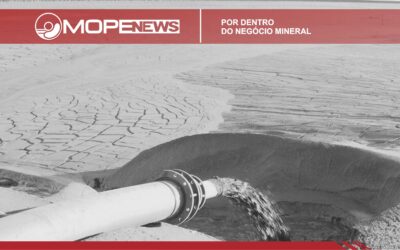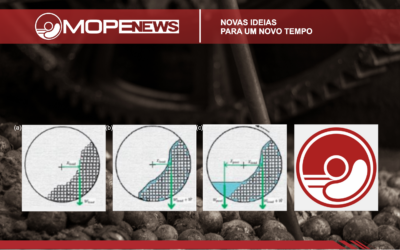SAG: What to do now?ㅤㅤㅤㅤㅤㅤㅤㅤㅤㅤㅤㅤㅤㅤㅤㅤ
After almost 50 years, the SAG grinding still seems to master the comminution technology in the large base metals concentration plants. As it has been commented in a previous Mopenews edition, eventual failures of this technology in the large mining companies have been minimized by the “market”, although the low reliability of the industrial scaling of these mills, even after so many years, is an issue that is beginning to worry some funding entities.
The SAG mill was born technically dead to me, since my first evaluations when I worked in El Teniente (Codelco, Chile) on an expansion project in the 1970s. At that time, I concluded that the conventional crushing process followed by conventional grinding would offer superior performance. But, under the enthusiasm of the global wave, I became the losing vote in the investment decision. After many years of SAG operation in El Teniente, it has been published that the new SAG line not only performed worse than the conventional grinding line – as it had been predicted, but also operated with less efficiency than the old Sewell concentrator (El Teniente, the 1930s) for many years.
With rare exceptions, since the 1970s, projects that considered SAG grinding had, in general, lower results than expected, especially in energy efficiency. It raises distrust in SAG evaluation and scaling methods (see references below – in Portuguese).
In my opinion, the biggest mistake in selecting the SAG technology is conceptual, when its defenders seem to believe that a 100 mm rock is totally homogeneous, consisting of infinitesimal parts of identical content and, from this mistaken point of view, the previous study of characterization of the ore is neglected in view of its selective fragmentation that, on the contrary, would allow exploring the “heterogeneity” of the ore in favor of the project.
The SAG mill is placed too early in the process, at the arrival of the raw ore, practically forcing any rock extracted from the mine to be submitted to a wrong policy of “grind and float everything”, against the logic under which the expensive operations should be intended for a smaller and enriched flow, after having removed much of the useless ore gangue. This technology does not dialogue with the ore and requires new concentrators to treat more and more gangue (poorer ores), generating more fine rejects. The SAG mill is the Trojan Horse of a global market that studies, designs, finances and builds plants focused on treating gangue. Even after the environmental tragedies, the global market today proposes new unitary operations and civil works to continue processing the waste instead of seeking to reduce it, from the beginning of the process.
Originally designed to operate alone, many SAG mills are now surrounded by tertiary crushers for pebbles and secondary crushers to reduce the flow particle size that feeds them. Some mining companies use more explosives in the mine to increase fragmentation and help the control the feeding of the old SAG. By the irony of fate, it is clearly seen in many concentrators that SAG is being a leftover within a set of crushers which are, themselves, enough to form the same conventional alternative mistakenly discarded at its origin.
Our suggestion: We suggest to perform selective crushing and pre-concentration tests. The SAG mill would probably be already discarded for new Projects as a result. For existing plants operating with SAG mill, it could play a selective primary grinding role, running in open circuit, spinning with less speed, and with low ball filling. We can help solve this old SAG problem, which, as one can see in Brazil, sometimes consumes more energy than an entire city near the plant.
Alexis Yovanovic
Moagem SAG: acabou o mito?“, Revista Minérios Nº 290, Setembro/Outubro/ 2006



